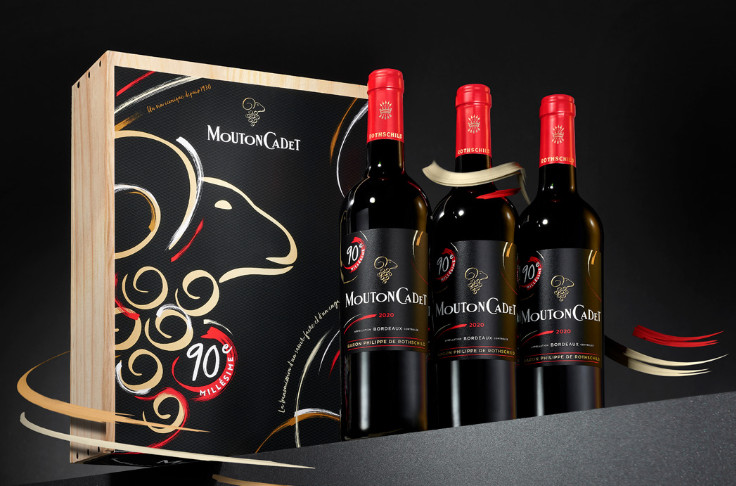How Mouton Cadet has provided “financial and advertising support” for Ch├óteau Mouton Rothschild

o celebrate the anniversary of iconic Bordeaux brand Mouton Cadet, what better way than to re-read the words of its founder, Baron Philippe de Rothschild? In his autobiography, Vivre la vigne (Presse de la Cit├®, 1981), the trailblazing winegrower refers to creating a label as “a lifeline for selling surplus wines not only from Mouton Rothschild, but from the many surrounding vineyards”.
After a series of rainy vintages in 1930, 1931 and 1932, the baron devised the idea of a Cadet de Mouton label, just as he was the youngest of his siblings (James and Nadine). “But Cadet de Mouton implies a partially inaccurate concept of origin. Mouton-Cadet is preferable”, explains Philippe de Rothschild, who was very confident in his idea despite initial criticism: “As soon as the project became known in Bordeaux, the experts reacted: “It’s insane, whatever you do, don't do it. You'll do irreparable harm to Mouton Rothschild”.
The success of the new brand began and continues to this day. “1931. Demand for Mouton-Cadet is such that more wine is needed. This is easy to do with a blended wine where the products of neighbouring vineyards and growths merge with one another”, claimed the baron, who in 1932 relinquished the M├®doc appellation for procurements of Bordeaux. He believed that branded wine and single growth wine were complementary: “Alongside the chateau’s sometimes risky and invariably limited production, a lovely, widely distributed wine provides continuous firepower and both financial and advertising support for the chateau wines”. 40 years later, the baron's grandchildren continue to develop the brand over 1,500 hectares of vines farmed by 250 partner winegrowers.






